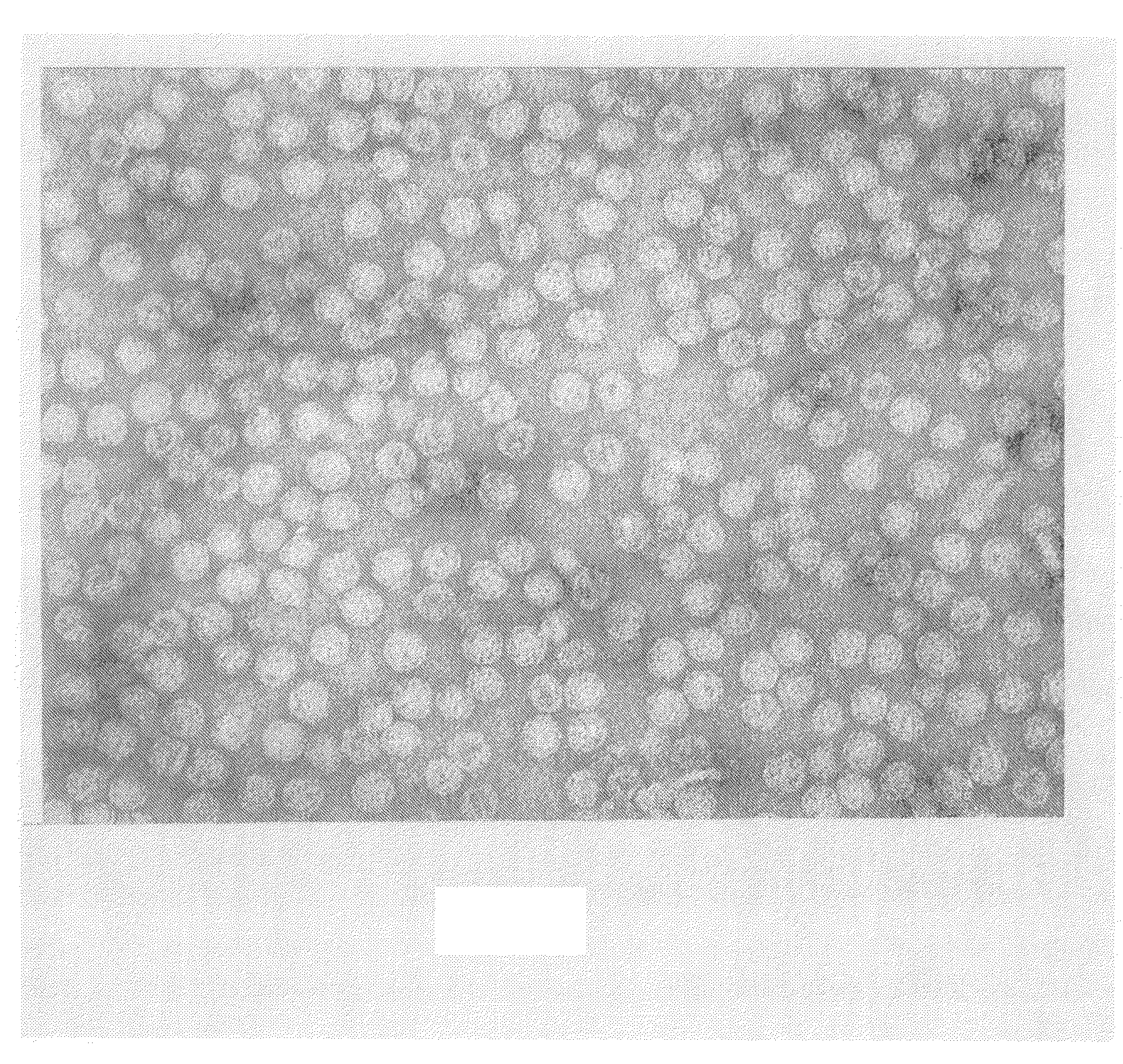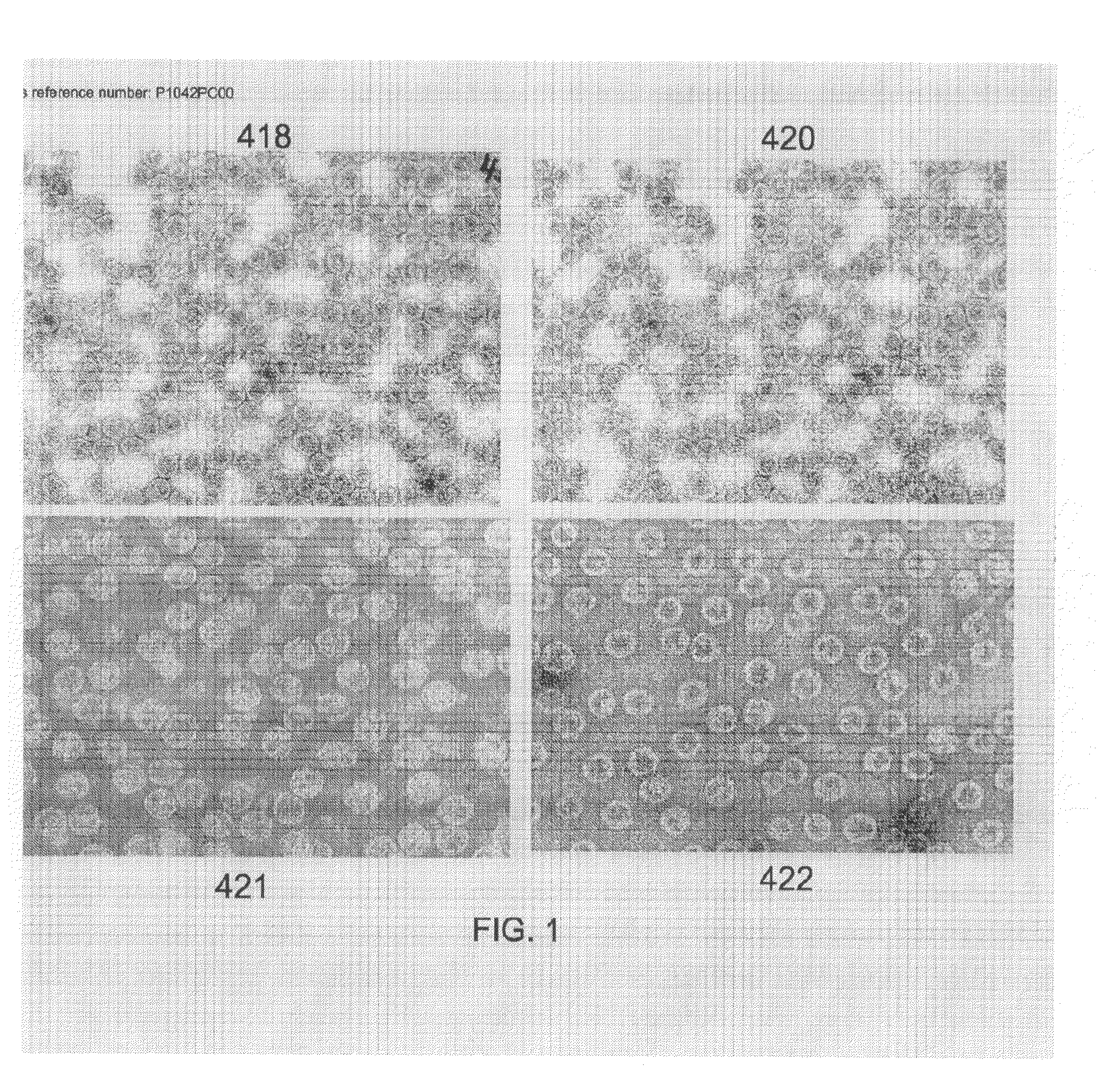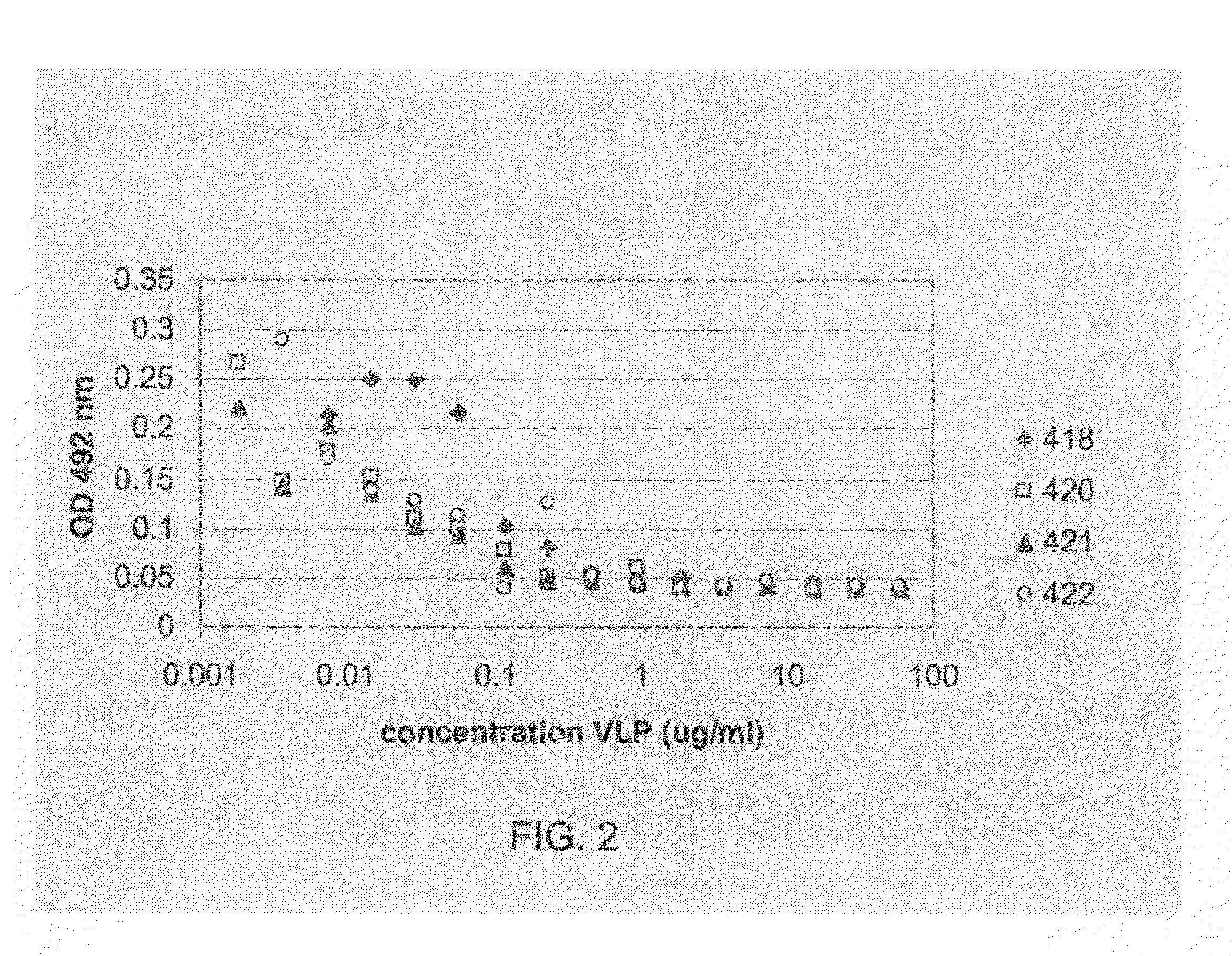Virus-Like Particles Comprising a Fusion Protein of the Coat Protein of Ap205 and an Antigenic Polypeptide
a technology of antigenic polypeptides and fusion proteins, which is applied in the fields of immunology, virology, molecular biology, etc., can solve the problems that the density of antigen display may not induce sufficient immune response, and achieve the effect of strong antibody response and enhanced immune respons
- Summary
- Abstract
- Description
- Claims
- Application Information
AI Technical Summary
Benefits of technology
Problems solved by technology
Method used
Image
Examples
example 1
Construction of Plasmids for Fusing Antigens to the N- and C-Terminus of AP205 Coat Protein
[0129]When referring to the N-terminus of AP205 coat protein in the cloning work described below, the term “N-terminus” refers to the first Alanine, not to the initial Methionine.
[0130]Construct 378-2: addition of a short GSGG spacer and NcoI and Kpn2I cloning sites within the nucleic acid sequence coding for the spacer at the N-terminus of the AP205 coat protein.
[0131]This construction was made by PCR using pAP283-58 (SEQ ID NO:3) as template, and using an upstream primer p2.561 (SEQ ID NO:4) containing a NcoI− and a downstream primer p1.46 (SEQ ID NO:5) containing a HindIII− restriction site. The PCR fragment was digested with NcoI and HindIII and cloned in the same restriction sites into a pQb185, resulting in plasmid pAP378-2.
[0132]Construct 382-2: addition of a long GSGTAGGGSGS spacer and NcoI and Kpn2I cloning sites within the nucleic acid sequence coding for said spacer at the N-terminu...
example 2
Expression of AP205 Fusion Proteins
[0140]E. coli JM109 cells were transformed with the corresponding AP205 fusion protein plasmid. A seed culture was prepared by inoculated an individual colony grown on agar containing 100 mg / l Ampicillin into LB medium containing 20 mg / l Ampicillin and growing the culture overnight at 37° C. without shaking. For expression, the overnight culture was diluted at 1:50 in M9 medium supplemented with casaminoacids (Difco) and containing 20 mg / l Ampicillin and growth of the culture carried out at 37° C. with vigorous aeration for 14-20 hours. Cells were collected at 6000 rpm for 15′-20′ at 4-8° C.
example 3
Cloning, Expression and Purification of the Modified VLP Comprising Fusion Proteins of the Coat Protein Fused with the D2 Peptide
[0141]Cloning of the D2 peptide at the C-terminus of the AP205 coat protein
[0142]The DNA fragment coding for the D2 peptide (TSNGSNPSTSYGFAN, SEQ ID NO:10) was created by annealing two oligonucleotides—oligo2.196 (SEQ ID NO:11) and oligo 2.197 (SEQ ID NO:12). The obtained fragment was digested with Kpn2I and Mph1103I and cloned in the same restriction sites into pAP409-44 and pAP405-61 under the control of E. coli tryptophan operon promoter. The resulting constructs are:
418-7 (based on 409-44):AP205 coat protein-GSG-D2 peptide420-21 (based on 405-61):AP205 coat protein-GTAGGGSG-D2 peptide.
Cloning of the D2 Peptide at the N-Terminus of AP205 Coat Protein
[0143]The fragment coding for the D2 peptide (TSNGSNPSTSYGFAN, SEQ ID NO:10) was created by annealing two oligonucleotides—oligo2.590 (SEQ ID NO:13) and oligo 2.591 (SEQ ID NO:14). The obtained fragment was ...
PUM
| Property | Measurement | Unit |
|---|---|---|
| Immunostimulation | aaaaa | aaaaa |
| Antigenicity | aaaaa | aaaaa |
Abstract
Description
Claims
Application Information
 Login to View More
Login to View More - R&D
- Intellectual Property
- Life Sciences
- Materials
- Tech Scout
- Unparalleled Data Quality
- Higher Quality Content
- 60% Fewer Hallucinations
Browse by: Latest US Patents, China's latest patents, Technical Efficacy Thesaurus, Application Domain, Technology Topic, Popular Technical Reports.
© 2025 PatSnap. All rights reserved.Legal|Privacy policy|Modern Slavery Act Transparency Statement|Sitemap|About US| Contact US: help@patsnap.com



